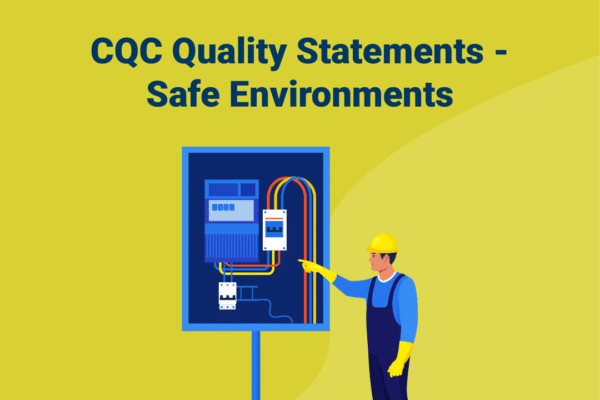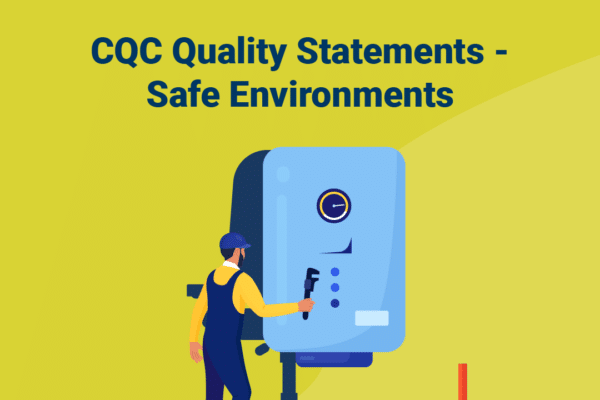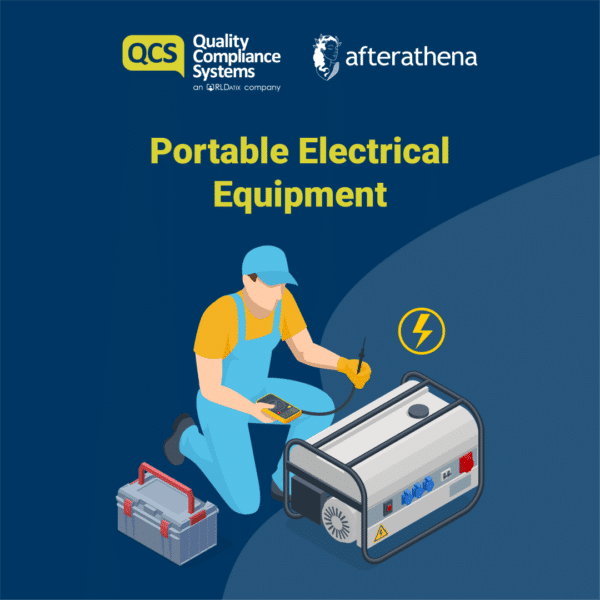Alternatively, read it here:
Electrical Safety
In a previous blog we covered electrical safety and more specifically, fixed electrical installations. This article will look at portable electrical equipment.
The maintenance of portable electrical equipment is vital and can reduce the risk of electrical incident. Costeffective maintenance is achieved by a combination of actions applied at three levels:
- Checks by the user.
- Visual inspection by a person appointed to do this.
- Combined inspection and tests by a competent person or by a contractor.
This should be followed up by monitoring the effectiveness of the system, and action taken where faults are found, particularly if fault levels or types are found repeatedly.
User Checks
The user should look critically at the equipment and, after a minimum of basic training, visually check for signs that the equipment is not in a sound condition, for example:
- There is damage to the cable sheath (apart from light scuffing)
- The plug is damaged; the case is cracked, or the pins are bent
- There are inadequate joints, including taped joints in the cable
- The outer sheath is not effectively secured where it enters the plug or the equipment
- The equipment has been subjected to unsuitable conditions, e.g. wet or excessively contaminated
- There is damage to the external casing of the equipment or there are some loose parts or screws
- There is evidence of overheating (burn marks or discoloration)
These checks also apply to extension leads, plugs and sockets. The user should undertake checks when the equipment is taken into use and during use. Faults should be reported to management and the equipment taken out of use immediately. The equipment must not be used until rectified by a competent person. (The equipment could be labelled as faulty, and the plug removed or secured with a plug-lock).
Formal Visual checks
This is the most important part of the maintenance system and should be carried out by a competent person. Most faults can be picked up by such inspections. This will include the previous checks but in a formal and systematic manner.
Additional checks should include the removal of the plug cover to check that:
- It contains the correct fuse
- The cord grip is effective
- The cable terminations are secure and correct, including an earth if required
- There is no sign of internal damage or overheating
- There is no sign of liquid or foreign matter
The inspections should be carried out at regular intervals. The period between inspections can vary considerably depending on the type of equipment, the conditions of use and on the environment. Faulty equipment should be taken out of service until repaired and tested if necessary.
Combined Inspection and Tests
The above checks will reveal most faults. However, some deterioration of the cable, terminals and the equipment itself can be expected after significant use. Testing, together with visual inspection, can detect faults such as loss of earth integrity, e.g. broken earth wire within a cable, or deterioration of insulation integrity or contamination of internal and external surfaces. Periodic inspection and testing are the only reliable ways of detecting such faults.
Many organisations arrange for combined inspections and tests to be carried out by a specialist contractor – this is often referred to as Portable Appliance Testing (PAT).
The inspection carried out in conjunction with testing should include:
- Checking of correct polarity
- Checking of correct fusing
- Checking of effective termination of cables and cores
- Checking of the suitability of the equipment and its environment
This combined stage should be carried out by someone with a wider degree of competence than that required for inspection, as the results require interpretation and electrical knowledge.
Domiciliary Care and Electrical Safety
Premises which are under the control of a domiciliary care provider will need to comply with The Electricity at Work Regulations 1989. An example would be the offices for the domiciliary care provider. Any portable electrical equipment provided by a domiciliary care provider to their workers would also be subject to the inspection and checks detailed above in this blog.
It should be noted that domiciliary care providers are not in control of, or responsible for, the service user’s own personal electrical equipment in service users’ dwellings that their workers may visit.
Organisations are responsible for ensuring the safety of their employees under the general duties set out in the Health and Safety at Work etc. Act 1974, and this would include the safety of domiciliary staff in an individual’s home setting.
Under Regulation 3 of the Management of Health and Safety at Work Regulations 1999, a risk assessment should have been carried out on the service user’s premises prior to the domiciliary worker visiting, and this should cover the identifying of any obvious defects, hazards or concerns regarding the personal electrical equipment in the service user’s dwelling. In addition, it is vital that domiciliary staff are provided with suitable and sufficient information, instruction and training on how to carry out visual checks prior to using service users’ personal electrical equipment and how to look for, and identify, possible defects. Any equipment which is believed to be defective or faulty should not be used.






